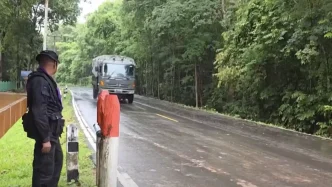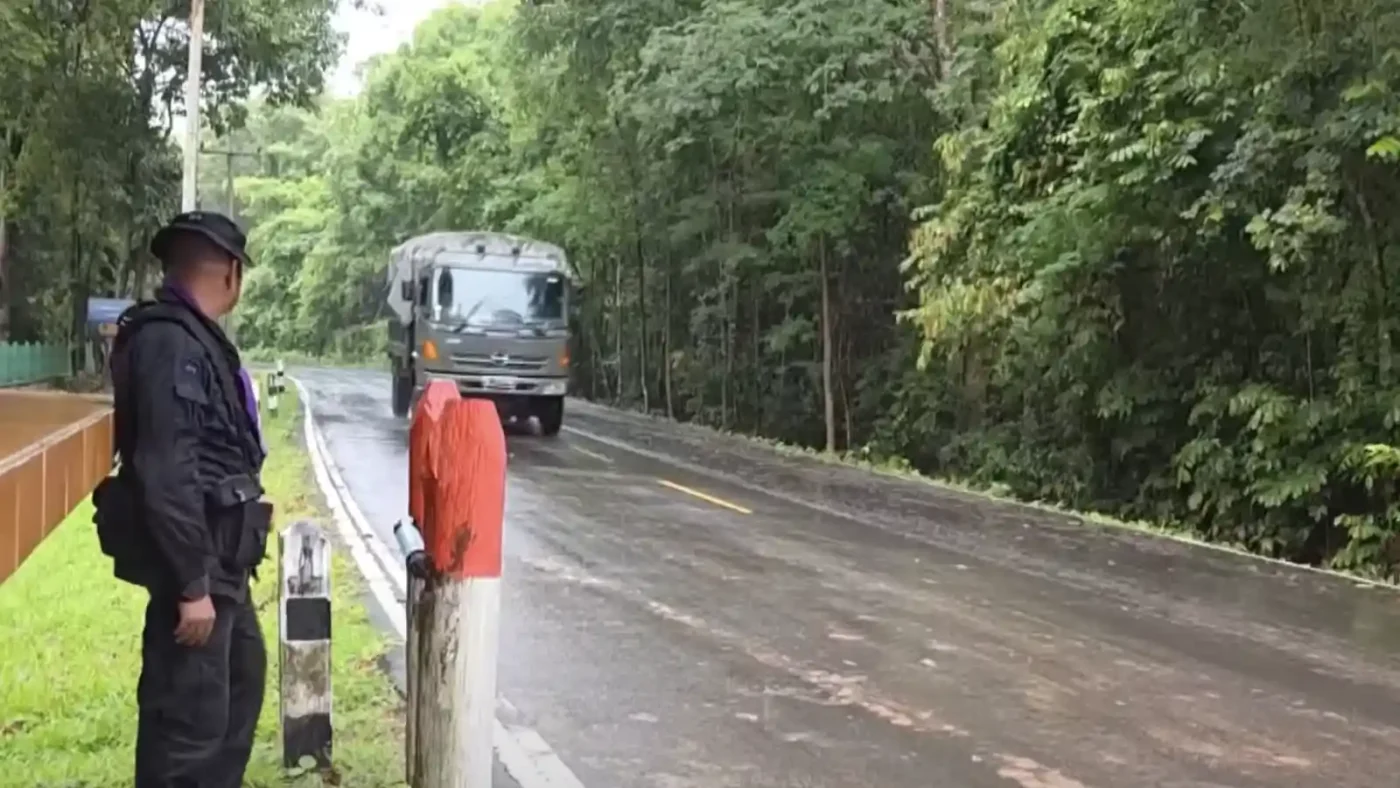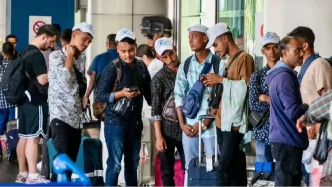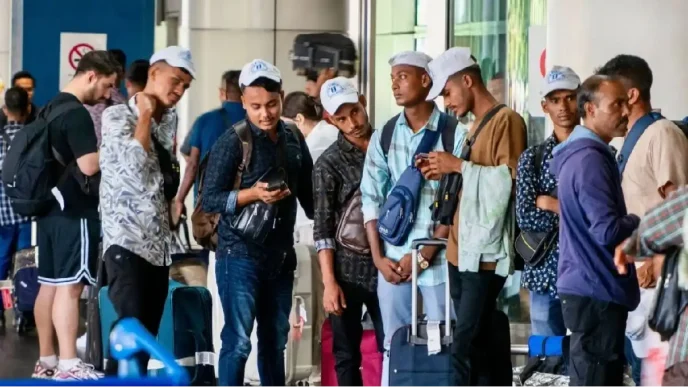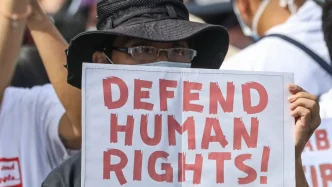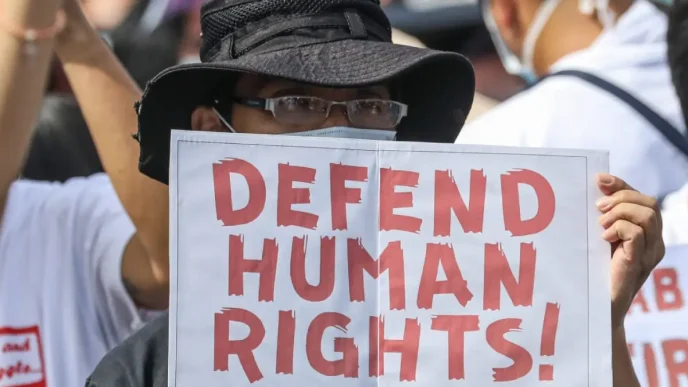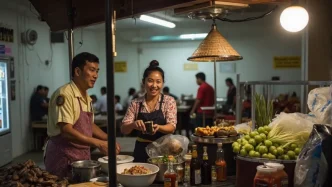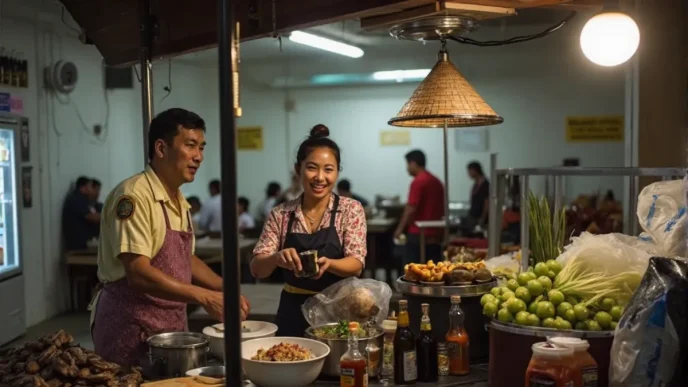Under the relentless June sun in Thailand’s eastern borderlands, where rice paddies give way to tangled jungle, the hum of daily life has fallen eerily quiet. On June 7, 2025, General Pana Klaewblaudtuk, Thailand’s army chief, issued Army Order No. 806/2568, slamming shut border crossings with Cambodia in response to what he called “repeated violations of Thai sovereignty by Cambodian armed forces and civilians.” For the traders, farmers, and families who straddle this 817-kilometer frontier, the closures have brought uncertainty and fear, as a decades-old border dispute threatens to erupt into something far graver.
As this article is being written, we understand that both Cambodia and Thailand have reinforced military presence along a disputed border.
The spark was a deadly clash on May 28 in Chong Bok, a contested sliver of land in Ubon Ratchathani province, where a Cambodian soldier, Sgt. Suan Roan, a 48-year-old father of three, was killed. Thailand claims Cambodian troops crossed illegally, brandishing weapons, singing their national anthem, and firing first when confronted. Cambodia insists its soldiers were on a routine patrol when Thai forces opened fire, escalating a long-simmering feud. Cambodia now plans to take the dispute to the International Court of Justice (ICJ), a move Thailand has rejected, denying the court’s jurisdiction and accusing its neighbor of violating the 1976 Treaty of Amity and Cooperation in Southeast Asia.
In Chanthaburi province, the impact is immediate. Two key checkpoints—Ban Laem in Thepnimit Subdistrict and Ban Phak Kard in Khlong Yai Subdistrict—are now closed to tourists under martial law, invoked by Captain Nopparot Siripariyapong of the Chanthaburi Marine Corps Task Force. “We’re just trying to make a living,” said Somchai, a 42-year-old fruit vendor at Ban Laem, his cart laden with unsold mangos beside a deserted crossing. The closures, effective from June 7, 2025, exempt cross-border trade and Cambodian migrant workers in Thailand, but the absence of tourists is strangling local economies. Across the border in Cambodia’s Preah Vihear province, Sokha, a 35-year-old shopkeeper, echoed his frustration. “We don’t want war, but we want respect,” she said, as nationalist calls to boycott Thai goods gain traction on social media, fueled by outrage over the May 28 incident.
The Thai military’s response is uncompromising. Army Order No. 806/2568, issued after a tense National Security Council meeting on June 6, grants commanders of the Burapha Task Force (1st Army Region) and Suranaree Task Force (2nd Army Region) sweeping powers to control or shutter any checkpoint to safeguard “national security.” Thai officials have signaled readiness for a “high-level operation” if tensions escalate, while provincial governors in border regions like Trat, Sa Kaeo, and Si Sa Ket have been ordered to prepare evacuation plans and designate safe zones. Cambodia, meanwhile, is fortifying its border positions, with reports of increased military presence near Preah Vihear, raising fears of a standoff.
The dispute’s roots lie in the colonial era, when French cartographers drew the 1907 border, leaving ambiguous zones like the area around the 900-year-old Preah Vihear temple, a UNESCO World Heritage site. A 2013 ICJ ruling granted Cambodia jurisdiction over the temple, but disputes over nearby land persist, reignited by incidents like the 2008 clashes that killed dozens. “History keeps coming back,” said Pranee, a 60-year-old Thai farmer in Ubon Ratchathani, who remembers fleeing her village during past flare-ups. “We just want to live in peace.”
The table below summarizes the contrasting positions and impacts:
| Aspect | Thailand’s Position | Cambodia’s Position |
|---|---|---|
| Cause of May 28 Clash | Cambodian troops entered disputed territory and fired first (Euronews). | Thai forces fired on Cambodian troops during a routine patrol (Radio Free Asia). |
| Response | Authorized border closures, military readiness for “high-level operation” (Bangkok Post). | Plans to refer dispute to ICJ, urges Thailand to cooperate (AP News). |
| Diplomatic Stance | Calls for peaceful resolution but rejects ICJ jurisdiction (Euronews). | Seeks legal resolution through ICJ, accuses Thailand of aggression (AP News). |
| Impact on Communities | Tourist travel suspended, trade and migrant workers exempt. | Nationalist boycotts of Thai products, potential economic disruptions (Nation Thailand). |
For border communities, the stakes are personal. In Chanthaburi’s Khlung district, families who once crossed daily for work or trade now face barbed wire and uncertainty. In Cambodia’s Preah Vihear province, vendors like Sokha worry about the economic fallout of boycotts and reduced cross-border flow. “My shop depends on Thai customers,” she said, gesturing to shelves stocked with Thai snacks. In Thailand, Rith, a 29-year-old Cambodian truck driver who hauls produce across the border, fears tightened restrictions could cost him his job. “The politicians argue, but it’s our lives that change,” he said, idling at a checkpoint near Sa Kaeo.
Diplomatically, the path forward is fraught. Thai Prime Minister Paetongtarn Shinawatra and Cambodia’s Hun Manet have held talks, leaning on historically warm ties between their families, but progress is glacial. Thailand’s Deputy Prime Minister Phumtham Wechayachai has called for de-escalation, warning that “conflict would only result in losses for both sides.” Yet, Cambodia’s push for an ICJ ruling and Thailand’s military posturing—coupled with internal security directives for evacuation plans in seven border provinces—suggest a resolution is far off.
The Association of Southeast Asian Nations (ASEAN), bound by the 1976 treaty, has yet to intervene formally, but the dispute risks destabilizing a region already grappling with economic and political challenges. The 2008 Preah Vihear clashes, sparked by the temple’s UNESCO listing, left scars that linger in collective memory. “We’ve seen this before,” said Pranee, her voice heavy with memory as she tended her rice fields near Chong Bok. “It starts with words, then guns. We just pray it stops.”
The international community watches nervously, with analysts warning that nationalist rhetoric, amplified by social media, could spiral. For now, the borderlands remain tense, their people caught between historical grievances and modern power plays, hoping for peace but bracing for what may come.

